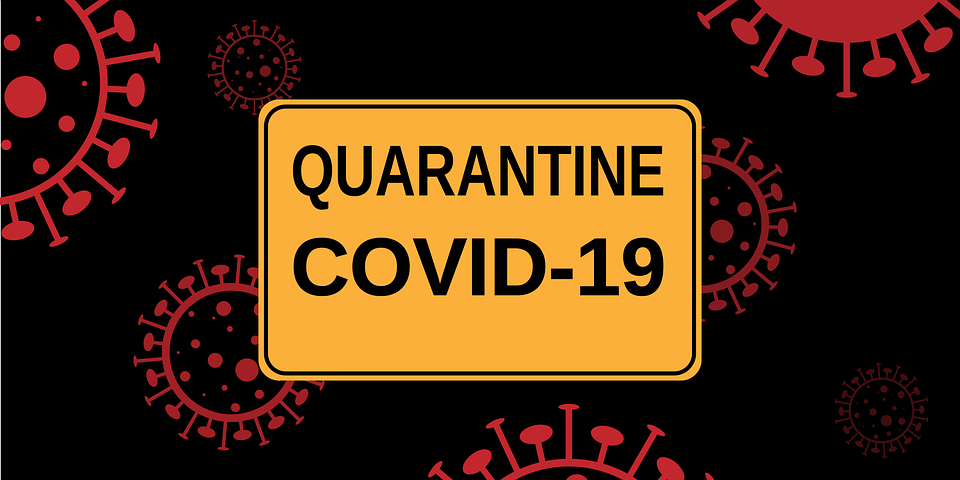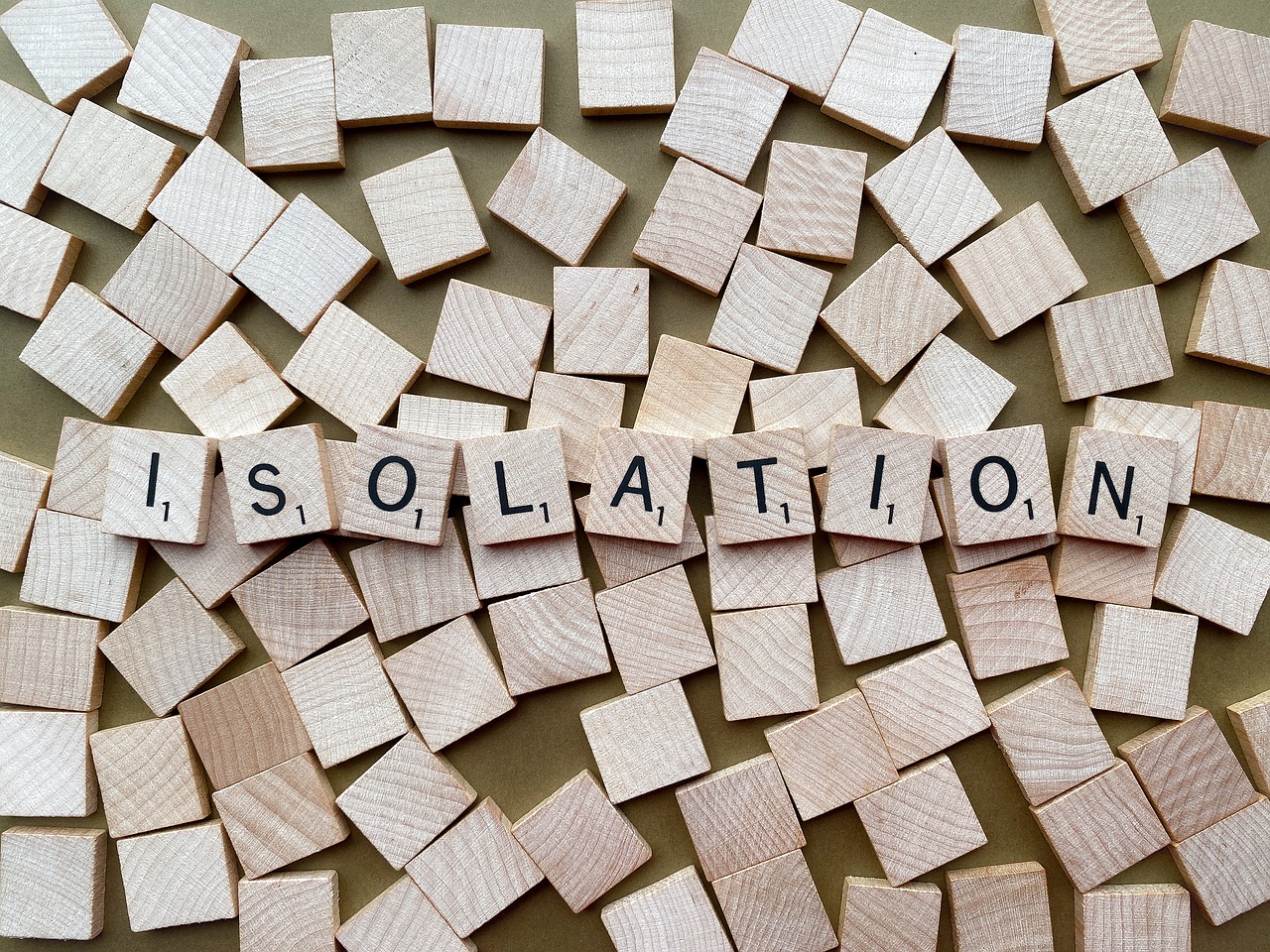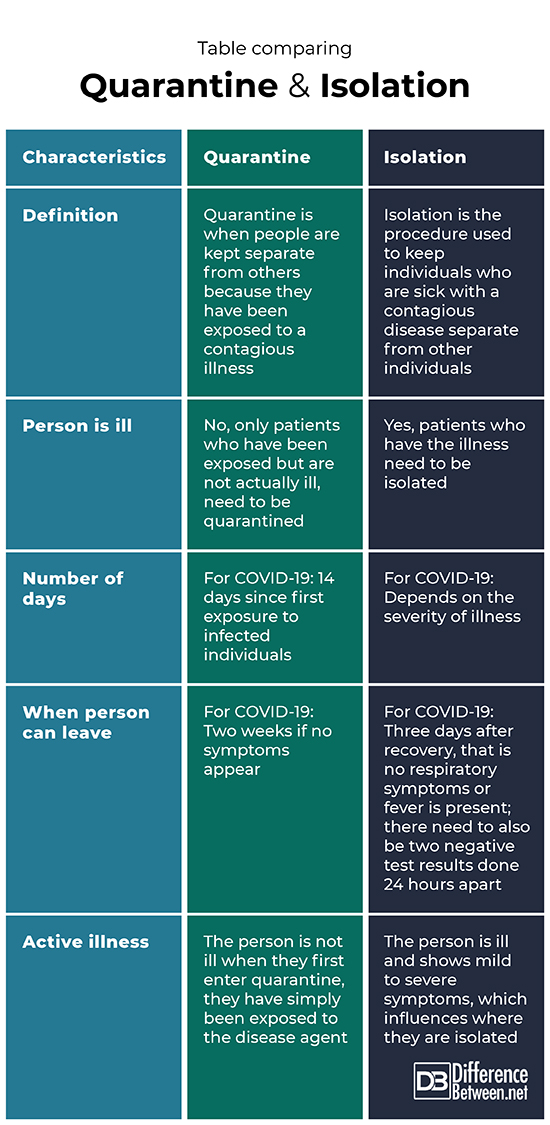Difference Between Quarantine and Isolation
Quarantine is a procedure that is put in place to keep people who have been exposed to a contagious disease separate from the rest of the population. Isolation is a procedure that is activated when a person is ill with a contagious illness and definitely has the disease agent in their system and thus needs to remain isolated from everybody else.

What is Quarantine?
Definition:
Quarantine is when a person or people are kept separate from others because they have been exposed to a contagious illness because they were in the vicinity of people who have since become or been confirmed ill with the particular illness. The idea behind placing people into quarantine is to see if the individuals who were exposed to the disease agent will develop symptoms and become sick, and also to further stop the spread of the contagious disease.
Quarantine procedures:
The movement of individuals who have been exposed to an infectious disease is limited during quarantine. In the case of COVID-19, individuals who need to be quarantined are those who have been in contact with people who are sick with the virus or have antibodies to COVID-19 detectable in their bloodstream. For COVID-19, people need to stay away from others for at least two weeks after exposure as this is how long it can take for the virus to incubate. Individuals need to watch for symptoms during this time period.
Examples of quarantine:
With the ongoing COVID-19 pandemic, people flying into many countries have been required to enter a two week quarantine period to try to prevent the introduction and further spread of more COVID-19 cases.

What is Isolation?
Definition:
Isolation is the method by which individuals who are sick with a contagious disease are kept separate from other individuals to avoid further spread of the infection. In the case of isolation, the person has the illness and is symptomatic at the time of entering isolation. In the case of COVID-19, even people who have very mild symptoms are believed to be contagious and can spread the disease.
Isolation procedures:
Isolation procedures are important in helping to stop the continued transmission of a very contagious illness. The procedures for COVID-19 are that patients need to remain in isolation for at least three days after recovery where recovery is defined as having no respiratory symptoms or fever.
Examples of isolation:
An individual with COVID-19 is usually placed in a special isolated room or ward in a hospital if they are requiring medical treatment in a hospital or healthcare setting. A person diagnosed, and who has mild symptoms often isolates by staying in a room that is separate from others, when in a household with other people. If a person lives alone then they can isolate and stay at home while ill. In the case of tuberculosis, patients are often kept in a special airborne infection isolation room.
Difference between Quarantine and Isolation?
Definition
Quarantine is when people are kept separate from others because they have been exposed to a contagious illness. Isolation is when individuals who are sick with a contagious disease are kept somewhere separate from other individuals.
Person is ill
In the case of quarantine, a person is not actually ill; they have simply been exposed to the disease agent. In the case of isolation, a person is ill with the disease.
Number of days
For COVID-19, individuals remain in quarantine for 14 days since first exposure to infected individuals. For COVID-19, the amount of time spent in isolation depends on the severity of illness.
When person can leave
For COVID-19, a person can leave quarantine after two weeks if no symptoms of the disease appear. In the case of COVID-19, people can leave isolation three days after recovery if there are no respiratory symptoms or fever present; there need to also be two negative test results done 24 hours apart.
Active illness
The person is not ill when they first enter quarantine since they have simply been exposed to the disease agent. The person is ill and shows mild to severe symptoms, which influences where they are isolated.
Table comparing Quarantine and Isolation

Summary of Quarantine Vs. Isolation
- The terms quarantine and isolation are both used in public health.
- Quarantine is when people are kept separate from others due to having been in contact with ill people or having been exposed to infection.
- People are not actively ill or showing symptoms when they first enter quarantine.
- In isolation, individuals are ill with symptoms, the severity of which influences where they isolate, whether in hospital or at home.
- The length of time of quarantine in the case of COVID-19 is 14 days while the length of time in isolation varies depending on the length of time that the person is ill.
- Difference Between Rumination and Regurgitation - June 13, 2024
- Difference Between Pyelectasis and Hydronephrosis - June 4, 2024
- Difference Between Cellulitis and Erysipelas - June 1, 2024
Search DifferenceBetween.net :
Leave a Response
References :
[0]Bedford, Juliet, et al. "COVID-19: towards controlling of a pandemic." The Lancet 395.10229 (2020): 1015-1018.
[1]Centers for Disease Control and Prevention. “Tuberculosis (TB) ”. Centers for Disease Control and Prevention, 2012, https://www.cdc.gov/tb/programs/laws/menu/isolation.htm
[2]Centers for Disease Control and Prevention. “Quarantine and Isolation ”. Centers for Disease Control and Prevention, 2017, https://www.cdc.gov/quarantine/index.html
[3]Image credit: https://cdn.pixabay.com/photo/2020/04/10/00/48/pandemic-5023591_1280.jpg
[4]Image credit: https://cdn.pixabay.com/photo/2020/03/12/17/37/quarantine-4925798_960_720.png
